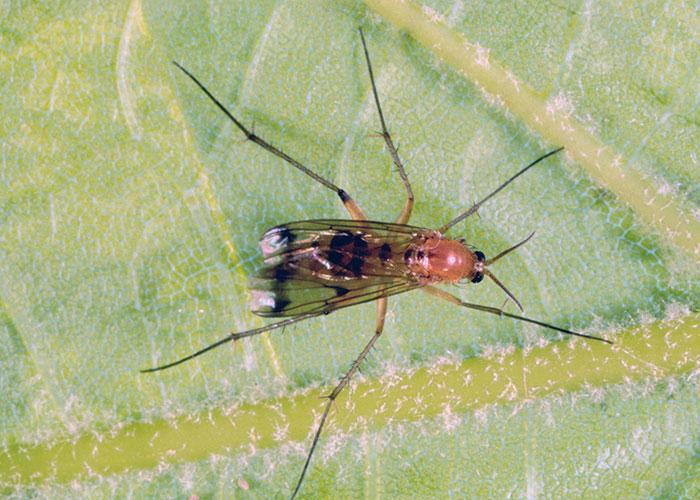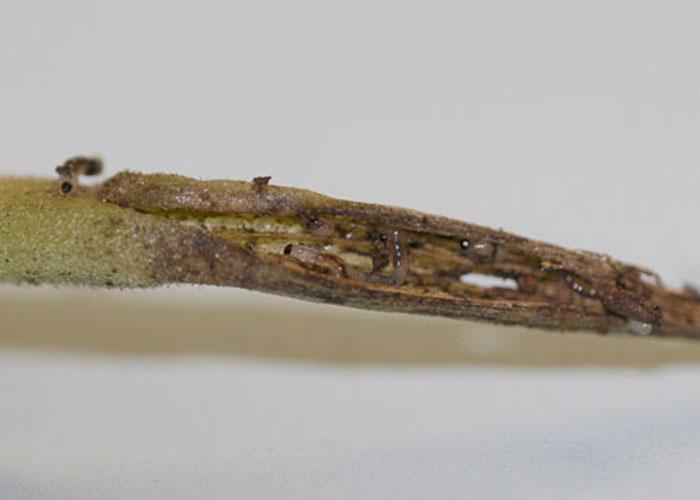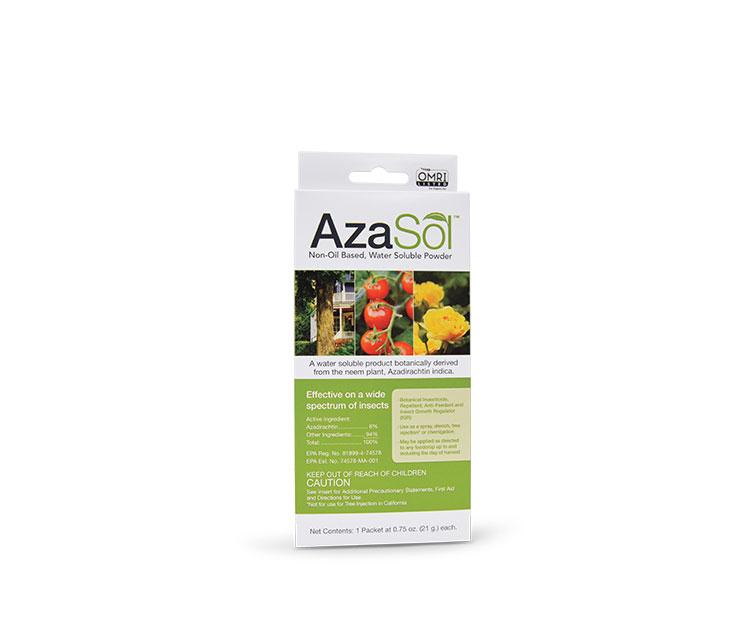Fungus Gnat
Adult Fungus Gnats do not feed on or damage plants but are a cosmetic nuisance. Fungus gnat larvae may damage roots when numbers are high by feeding on root hairs or tunneling into the roots themselves.
Fungus Gnats adults resemble small mosquitos and are commonly found in homes & offices as well as professional cultivation spaces. The fungus gnat has 4 developmental stages; egg, larvae (4 instars), pupa & adult. This life cycle can be completed in as little as 2 weeks (80F = 27C) or as long as 4 weeks (55F = 13C). The adults, which can be seen flying around, are only considered a nuisance but their larvae can damage plant roots causing slow growth and can incite disease. Larvae are worm-like and are translucent with a defined black head.
Fungus gnat larvae are usually located in the top 4” inches of the growing medium, depending on the moisture content. They primarily feed on fungi, algae, decaying plant matter and also live roots. The larvae will feed on plant roots and leaves that are resting on the media surface. They then pupate and emerge as adults and fly to a new location to deposit eggs.
Common Symptoms
Damage cause by adults can be easily overlooked since the damage does not appear as typical insect damage. Disease symptoms may appear on the foliage during a fungus gnat outbreak because adults can carry spores on their feet and bodies and infect plants upon contact. This is more of a secondary symptom of the presence gnats and not caused by the gnat inflicting direct damage. The real damage occurs when the soil-dwelling larvae feed on the root system which can create symptoms in the canopy. Direct damage is when the larvae damage the roots and can slow tissue development (stunting), discolored foliage and in severe cases can cause a canopy wilt and leaf drop.
Treatments
The most effective treatment method is to target the larvae or pupa in the growing medium since this is the area with highest concentration of immature pests. Using a combination of physical controls and chemical treatment is the fastest way of regaining control of a garden.
First, remove a few inches of media from the surface and backfill with a hydrophobic media. Next, put a light dusting of diatomaceous earth as a protective barrier. Finally, apply a chemical treatment such as AzaSol® to regulate the maturation of larvae to adults capable of laying new eggs.
References And Photo Credits
Main photo of adult fungus gnat taken by Florida Division of Plant Industry, Florida Department of Agriculture and Consumer Services, Bugwood.org
Dark Winged Fungus Gnat taken by Whitney Cranshaw, Colorado State University, Bugwood.org
Larvae On Potato taken by Whitney Cranshaw, Colorado State University, Bugwood.org
Larvae Feeding taken by Debbie Roos, North Carolina State University, growingsmallfarms.ces.ncsu.edu







